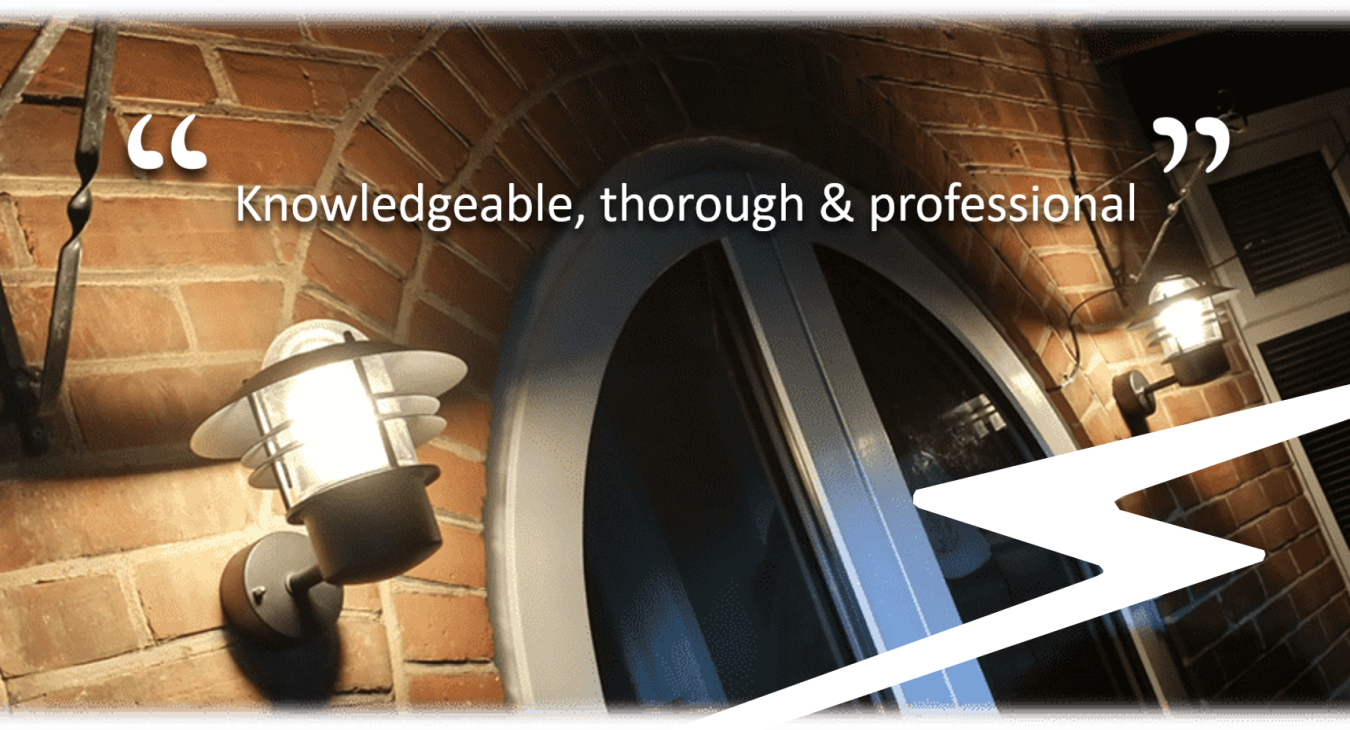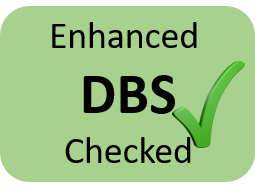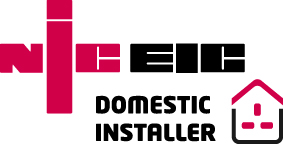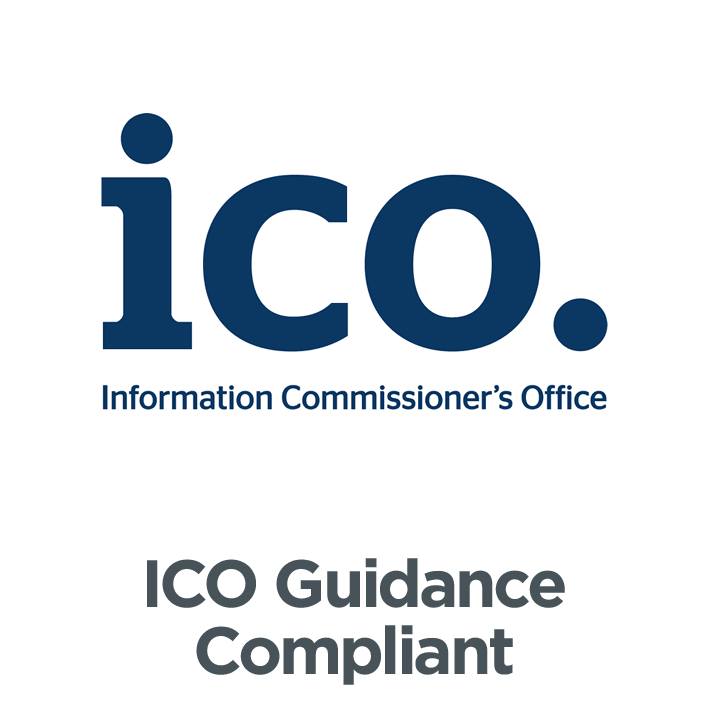What Are These Electrical Landlord Certificates and Why Do We Need Them?
"EICRs? c1s? c2s? What does this all mean?" you may ask.
We have now attended around 1,000 properties to carry out these EICRs throughout Medway & Maidstone. We have appraised the standard of these installations, and carried out the relevant remedial works. Hopefully we’re in the position to help you out with this topic.
As a whole, the Electricity at Work Regulations (EAWR) dictates that electrical installation should be routinely maintained in order to keep them in a safe and serviceable state. Failure to do so could potentially lead to investigations by HSE, nasty fines and even imprisonment. In the domestic world, new laws dictate that landlords have a duty of care toward their tenants. This is a multifaceted approach that deals with issues that cause harm such as damp, leaks, rodents, and of course, unsafe conditions of the electrical installation.
This is nothing new of course, all landlords are expected to be doing this anyway, as are employers. However, new regulations, set out by the government, now stipulate to landlords that they must actively conform with a minimum standard of maintenance.
All electrical installations that we find in rented domestic accommodation (and most other properties, including commercial), are generally known as LV, or ‘mains’. These all come under the jurisdiction of The Requirements for Electrical Installations 18th Edition. IET Wiring Regulations. Set out in these regulations are all what you may need in order to design, install, and monitor and maintain an electrical installation to a good standard, with a high importance placed on safety.
EICRs are of the interest of the monitor & maintain part. Guidance Note 3 (GN3) of The wiring regulations stipulate minimum recommended intervals of these maintenance programs, which take into account: the nature of the property, any higher risks than usual, the nature of those occupying or using the building, and much much more.
Generally speaking, the maximum duration between EICRs should be 5 years. This interval should sometime reduce in the cases of: holiday homes, workshops, schools, shops, caravan parks, swimming pools, etc.
What is an EICR and what goes into this maintenance program?
The Existing Installation Condition Report (EICR) is a report that is filled out, and encompasses various matters, mostly looking at the safety aspect. It looks at the age and condition of sockets and lights, the fuse box and what is working inside it, the integrity of the wiring connections throughout the building, the design of the wiring, and the extra protections that are to be provided in the bathroom (apparently water and electricity doesn’t mix!)
If the installation meets the minimum requirements for safety, the report gets lots of ticks and a few comments on possible improvements on ‘nice to haves’ (C3s)
If the installation doesn’t meet the minimum requirements for safety, and the inspector believes there is immediate danger (C1s), or there is good likelihood of danger developing if it is left as is (C2s), then the particular inspection item fails the report, and should have a reason why.
C1s and C2s are the big worry for landlords, and there’s good reason for that. Existence of C1s and C2s open landlords up to potential penalties, which can rise to £30,000!
Landlord certificate (EICR) C1 Codes:
These are generally fairly obvious to find. If wires are hanging out somewhere, or there’s holes or large cracks in electrical enclosures where you can get finger in when you shouldn't be able to, it’s fairly obvious to find.
It is worth noting, approximately 90% of C1s found were broken sockets, light switches or lights.
Of these, approximately 70% were broken sockets and backboxes, caused by accidental impact from moving furniture. Approximately 10% was tenant mistreatment of accessories. The other 20% is accountable from a myriad of miscellaneous issues. lights missing lids, plasterers/tilers/painters forgetting to screw back to wall, etc etc, and wear and tear of the building
Landlord certificate (EICR) C2 Codes:
C2s aren’t always immediately obvious, and the majority of them require a skilled and experienced electrician to find.
C2s encompass slightly less serious defects such as signs of thermal damage due to bad connections, broken rings, missing / chopped bonding, undersized conductors, SWA poorly terminated, IP rating failures and discontinuity of earths in circuits. To find them it usually requires opening up the electrical installations and using our specialist test equipment. with that in mind it makes sense that approximately 70% of C2s found were either down to the tenant carrying out their own works, such as the adding more sockets or changing light fittings, fitting power to their shed, or contractors have been hired to make home improvements such as new kitchens and bathrooms, without the involvement of an NICEIC registered electrician,
It can be easy to see why electrical installations should be well monitored and maintained. The best way of showing your due diligence as a landlord is finding a trusted electrician to ensure you are following the guidance of the wiring regs, BS7671. Please see some of the installations we’ve found faults on, nicknamed ‘the wall of flame and blame’.
Landlord certificate (EICR) C3 Codes:
C3 codes are what we give to defects or non-conformances of the regulations, but don’t impact the safety of the installation.
These codes are given for areas which could be improved, and are very varied and by making these improvements, adds the last 10% to the installation to bring it to the full 100%.
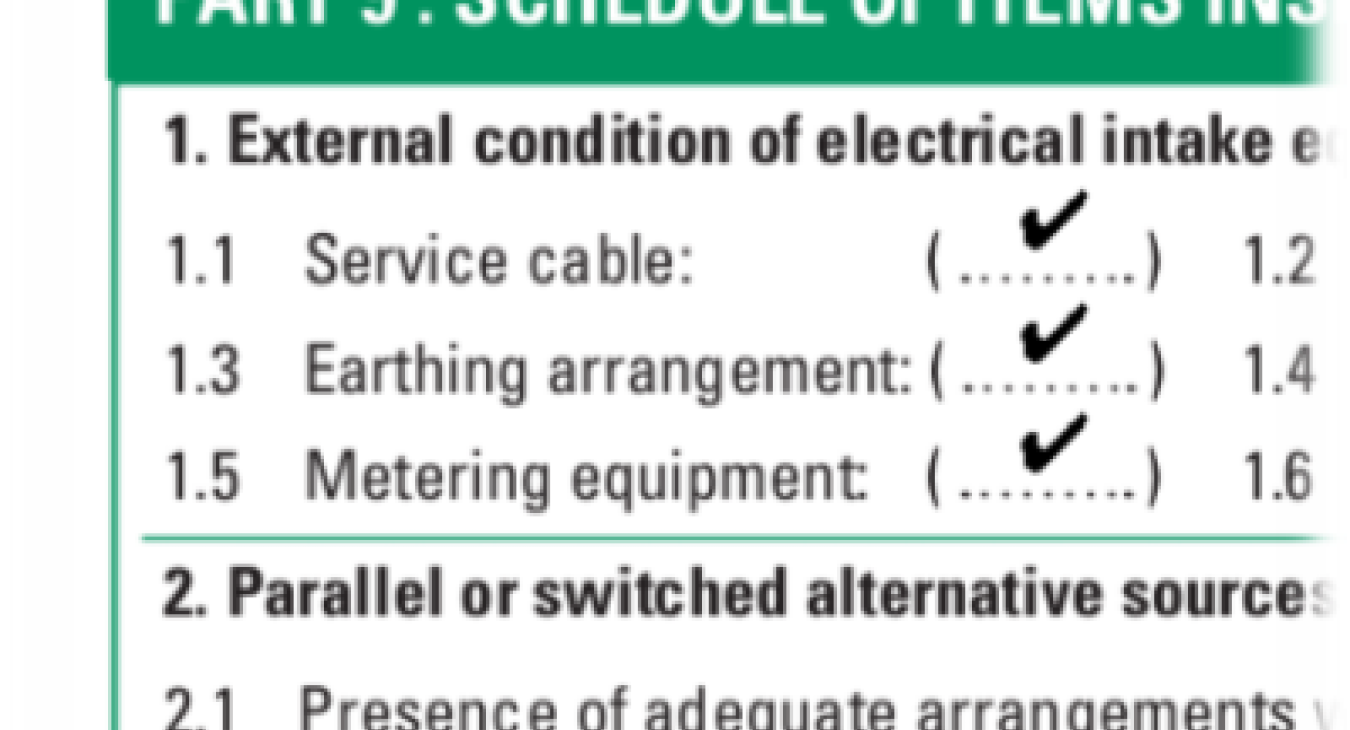
Still not got around to getting your electrical safety checks (EICR) done? Call Us Today For a FREE Quote!

